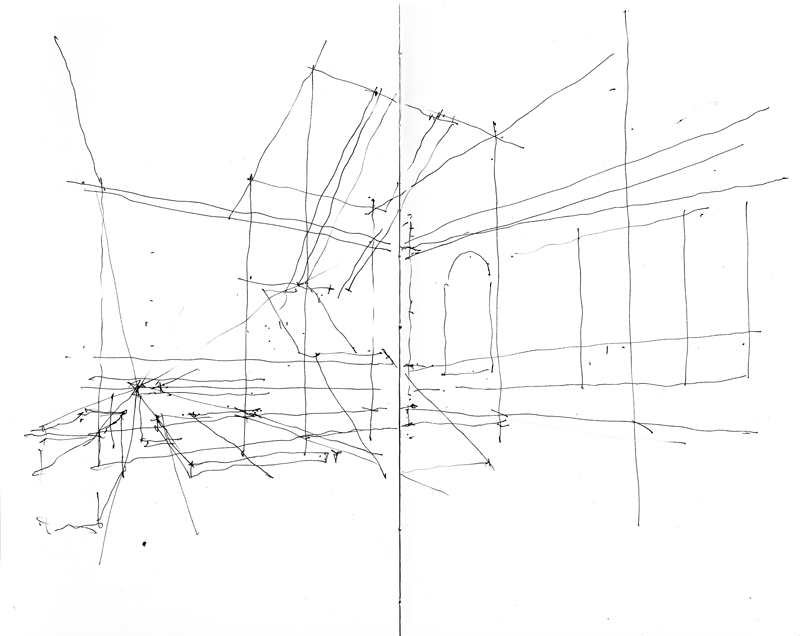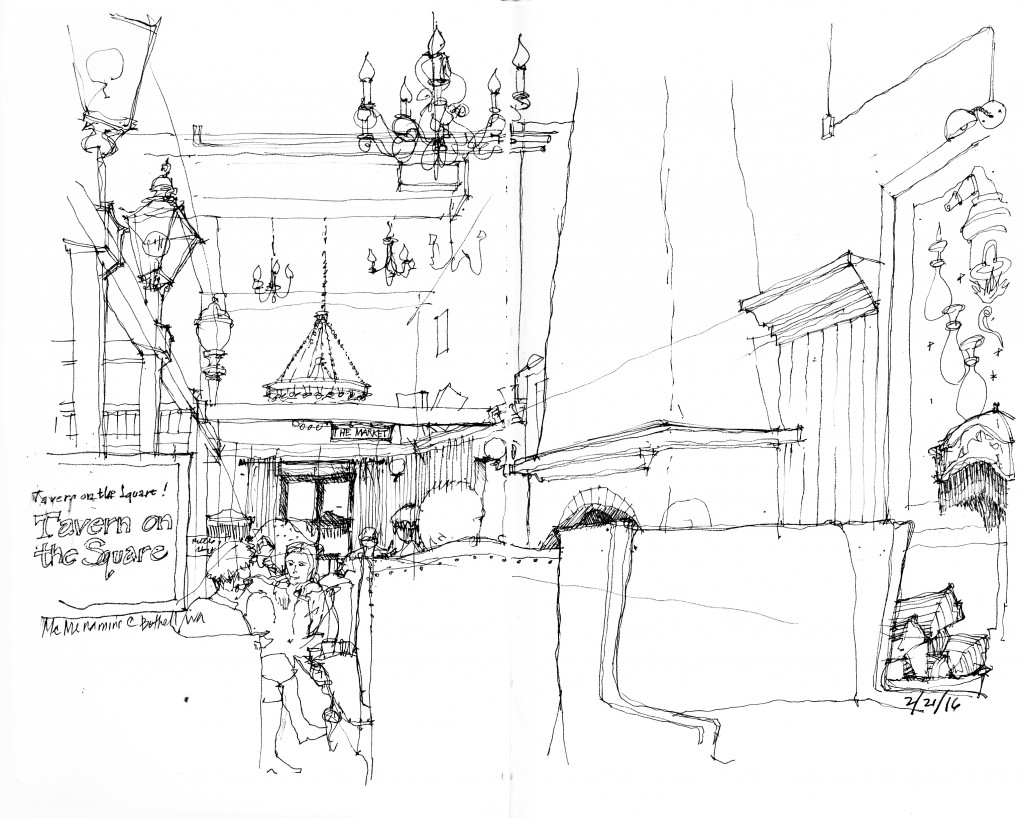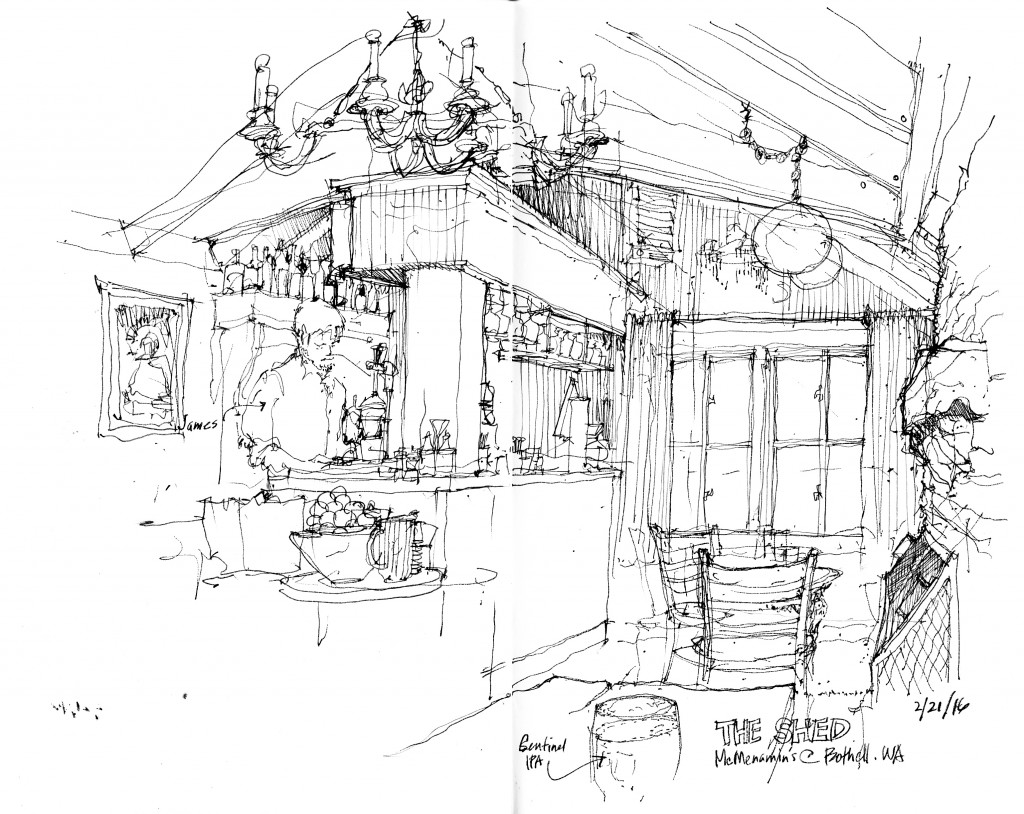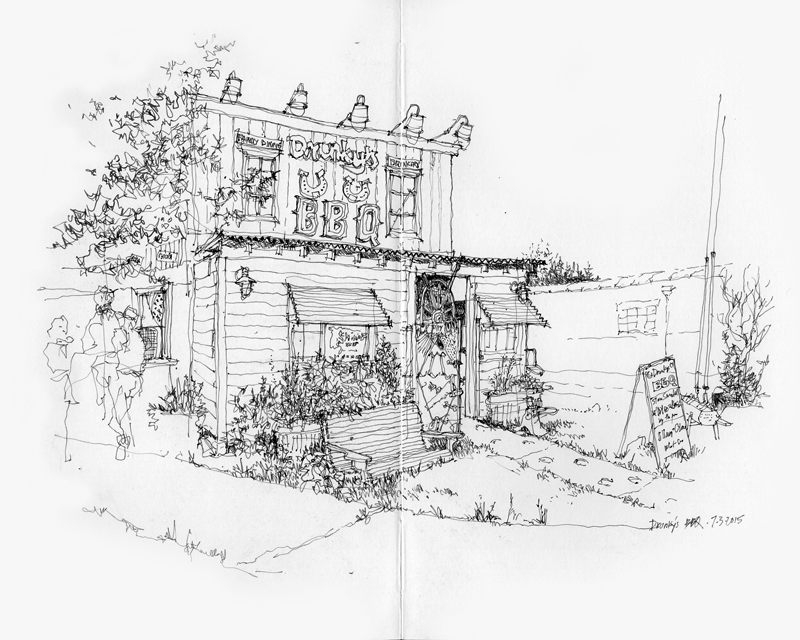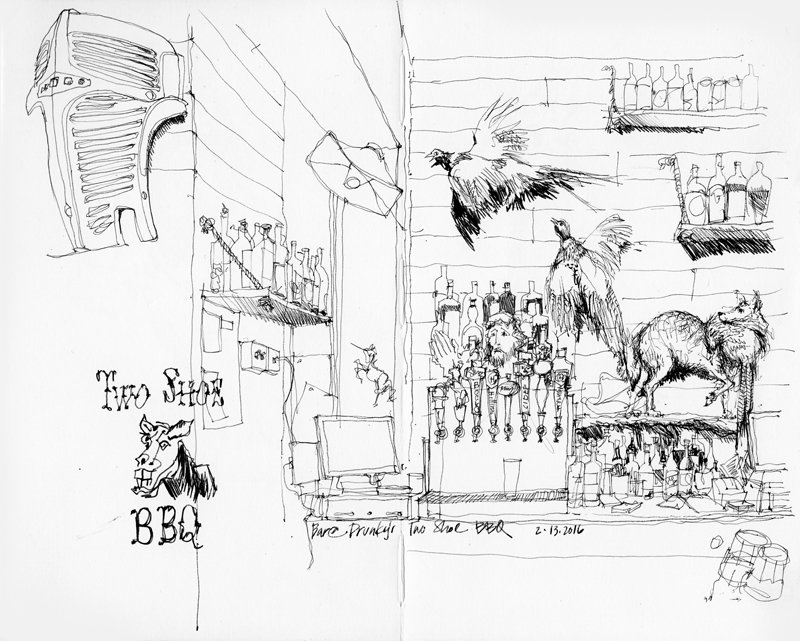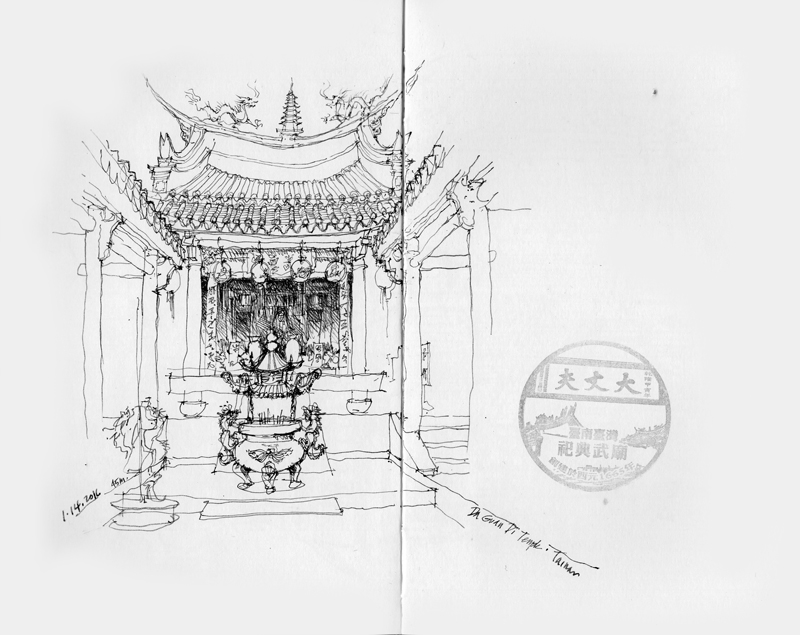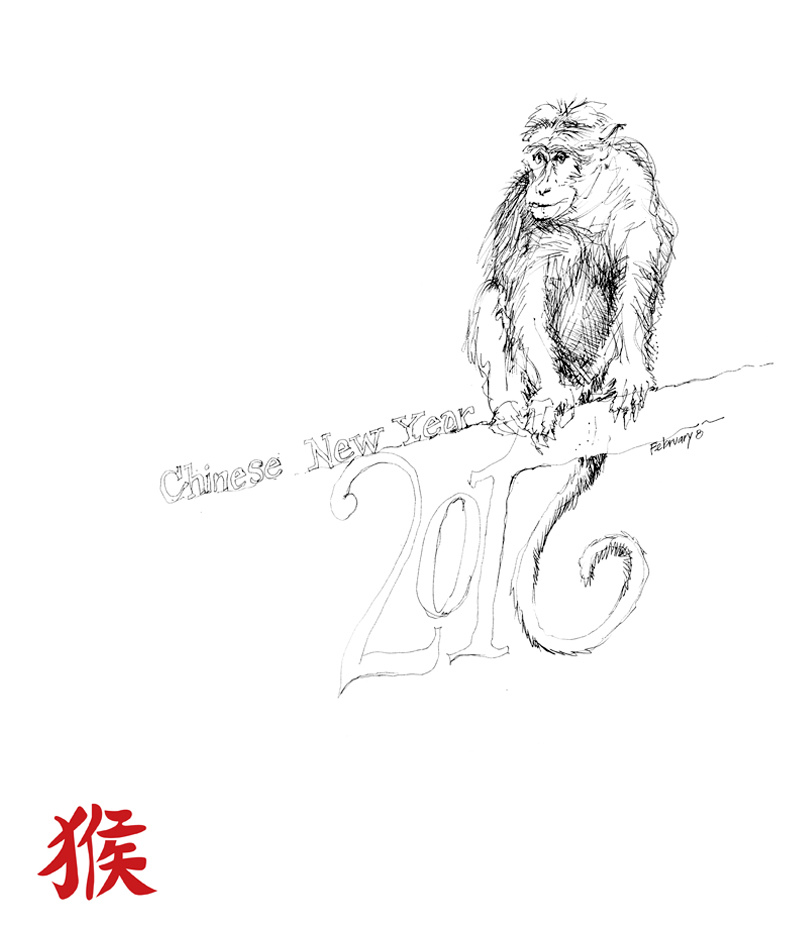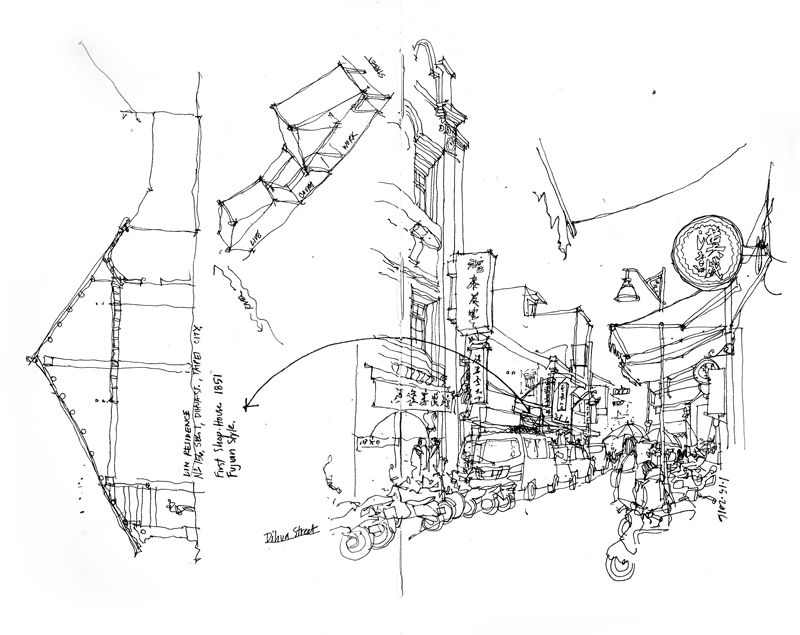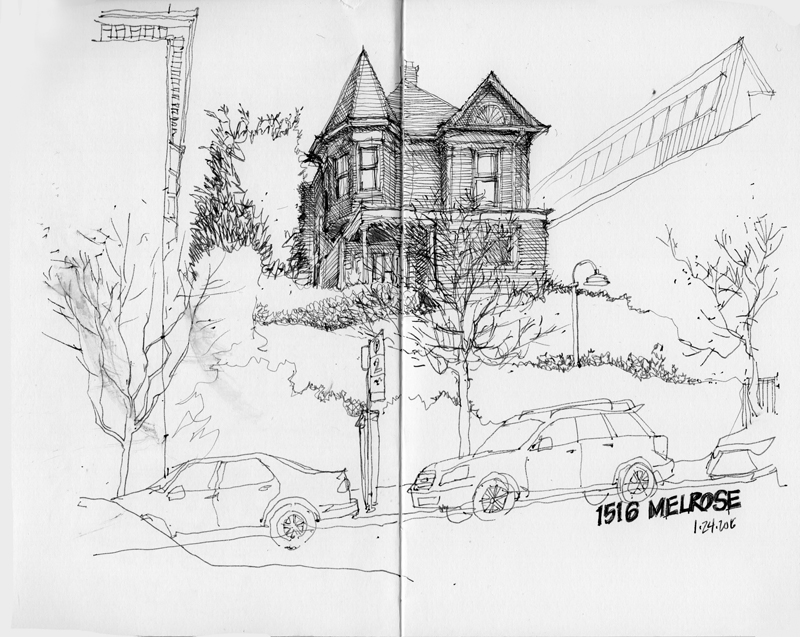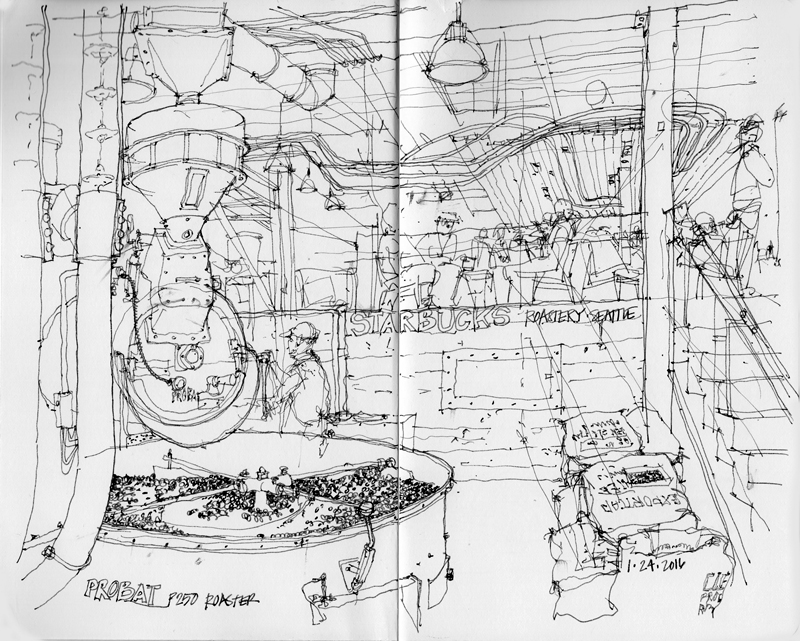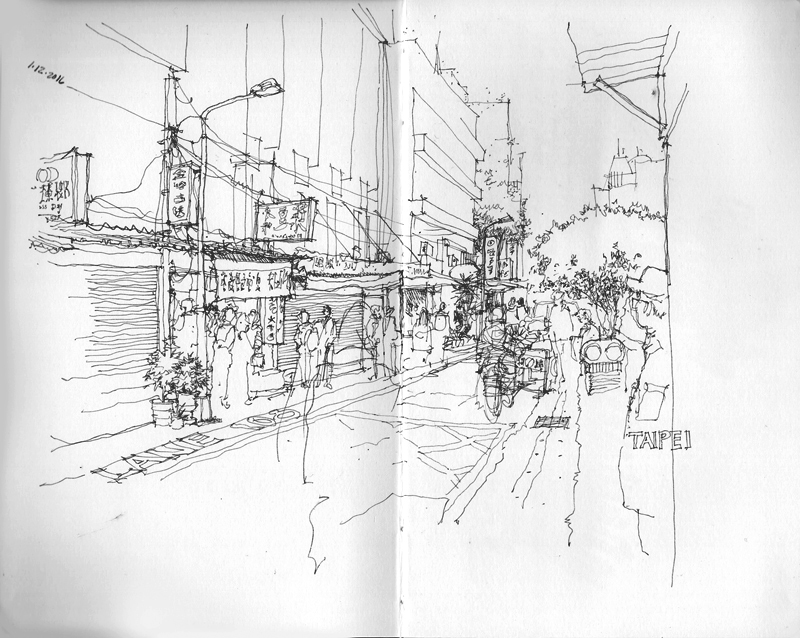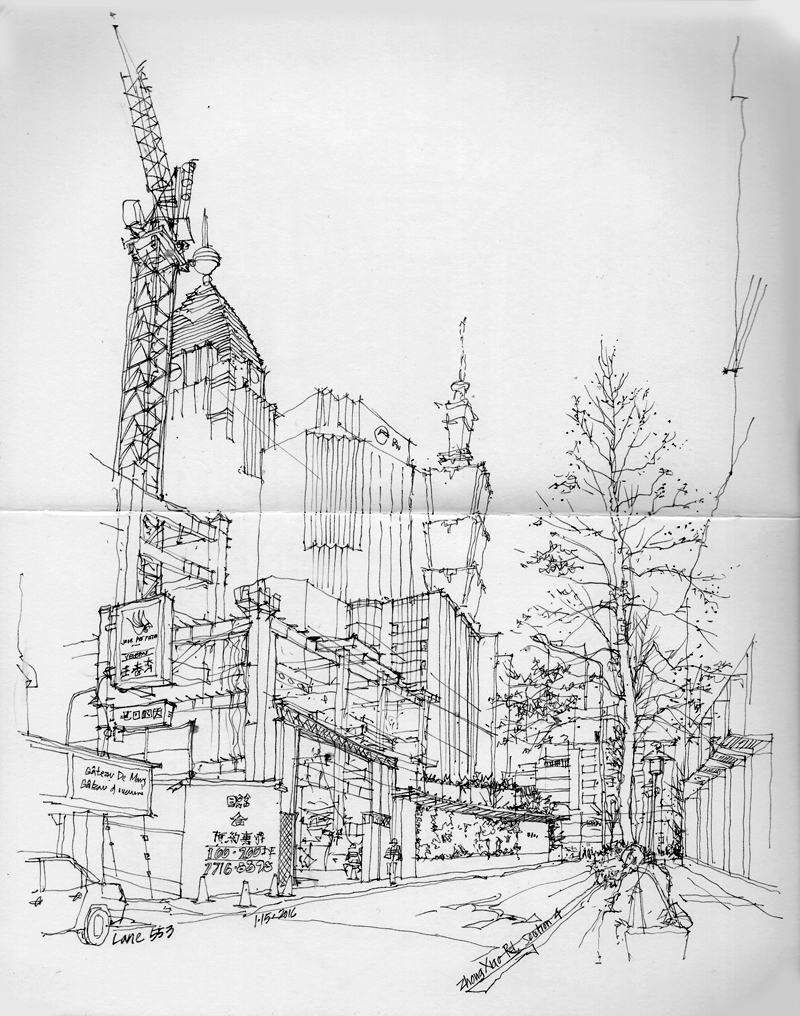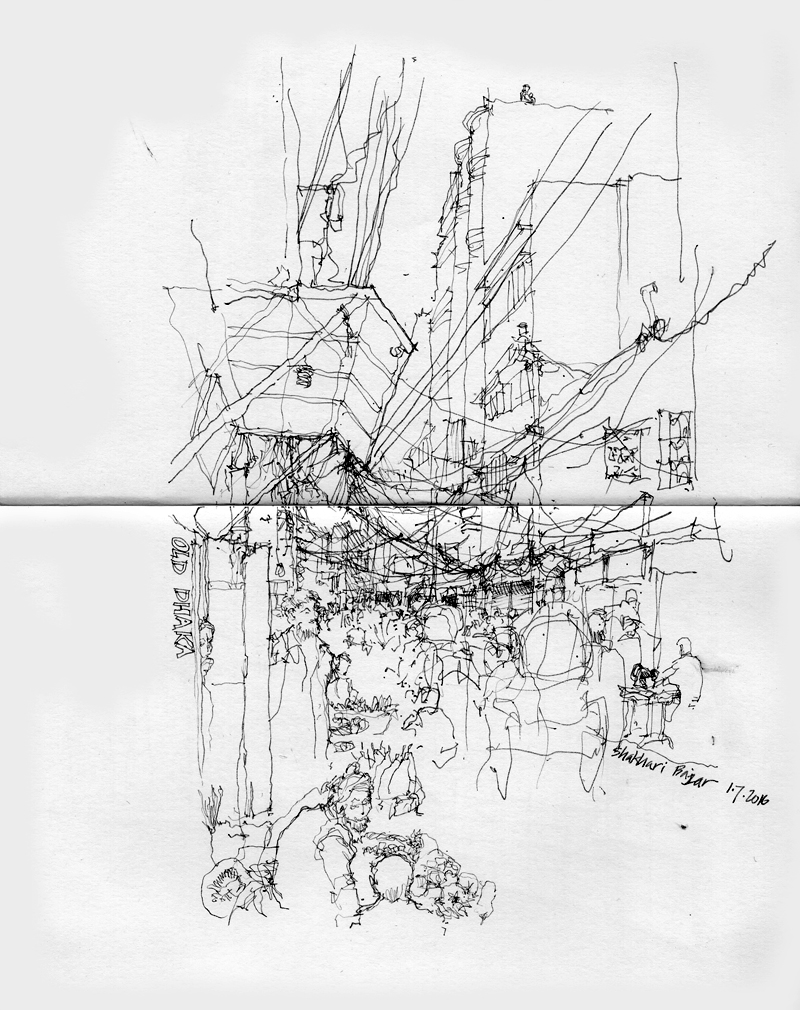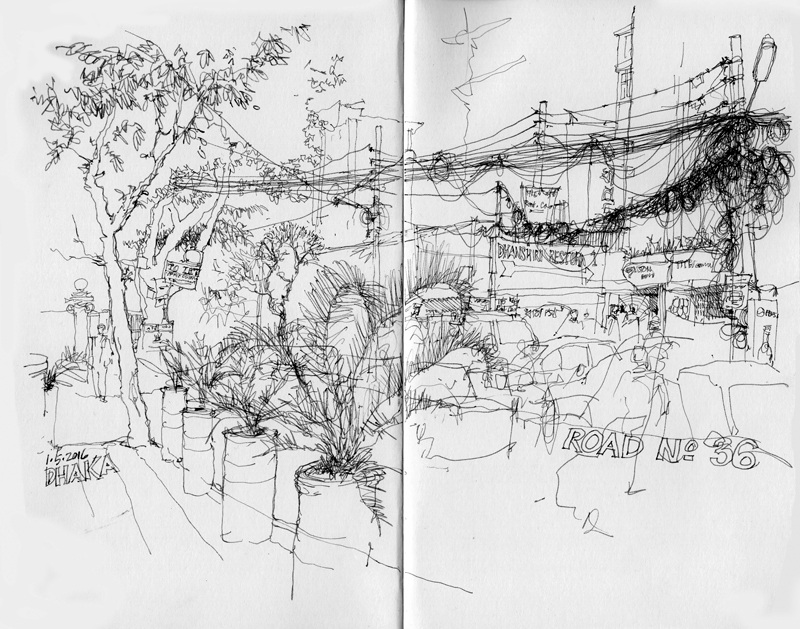Alva Noë recently wrote an article on NPR.org about a new show Architectures of Life at the Berkeley Art Museum, curated by Lawrence Rinder. To quote from the piece:
“We forget that it is hard to see. To paraphrase Kant (loosely), seeing without understanding is blind, even if understanding without seeing is empty. A good drawing—for example of the working parts of an engine—is often much easier to interpret than an actual perceptual encounter with the engine itself. The engine, after all, is very complicated. What is important? What deserves notice? It’s hard to know. But the drawing, when it is successful, is more than a mere representation; it is, really, the exhibition of what something is, of how it works, of what it is for. A good drawing is an image that has been imbued with thought.”
I like how Noë stresses that drawings are more than mere reproductions of what we see or envision. To read the full article, please visit: <http://www.npr.org/sections/13.7/2016/02/26/468216993/life-and-art-unite-in-architectures-of-life>.



